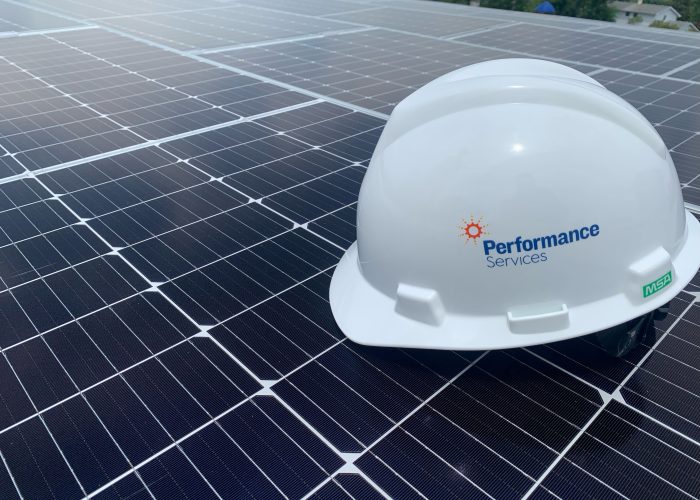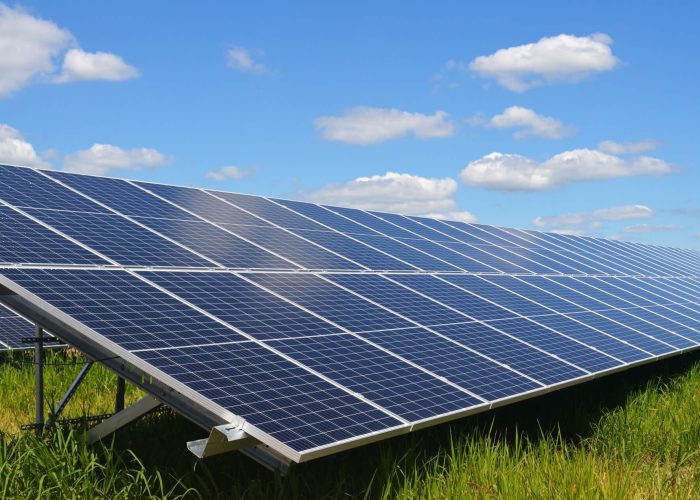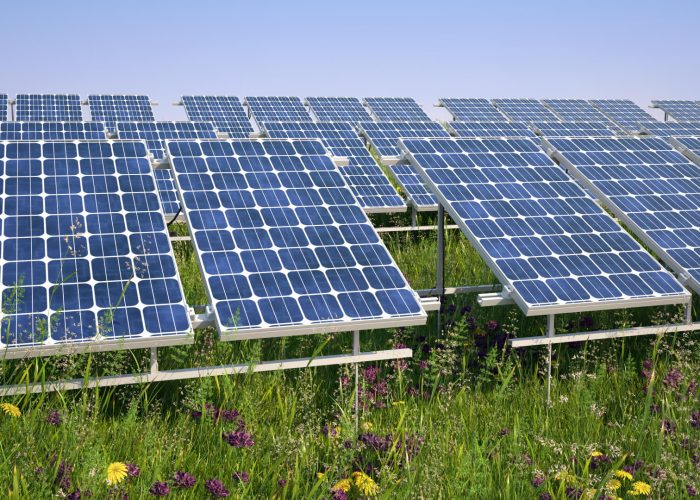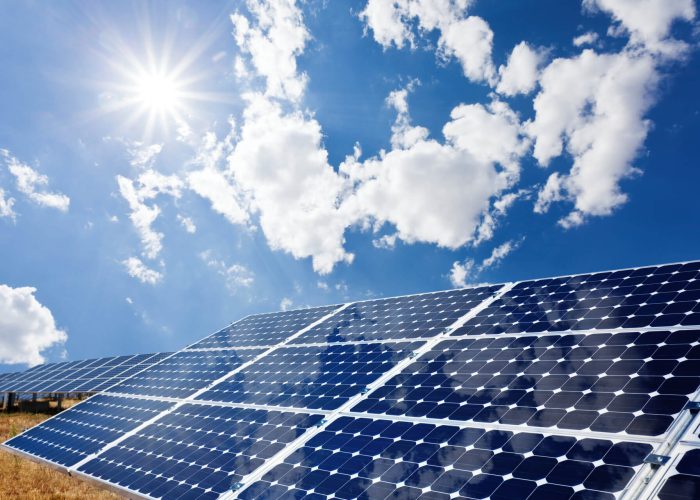
Introduction
Solar panels, or photovoltaic (PV) panels, are the foundation for harnessing the abundant energy from the sun and converting it into usable electricity. But how do solar panels work? Like many other energy sources, solar power performance depends on three main processes: collection, conversion, and storage. Let’s dive into the high-level mechanics of solar panels, exploring their functionality and key components.
Related Reading: Solar Power: Practical, Reliable, and Affordable for Public Entities
Collection
Solar panels collect sunlight through their photovoltaic (PV) cells, which are typically made of silicon-based semiconductors. When sunlight hits the surface of the solar panel, it excites the electrons within the semiconductor material, causing them to move and generate an electric current. This process is known as the photovoltaic effect.
The surface of solar panels is designed to maximize the absorption of sunlight. The more sunlight a panel receives, the more power it produces. Therefore, integrated solar systems are often installed in places that receive direct sunlight for much of the day, such as open fields or rooftops with no nearby trees or other obstructions. The panels are typically composed of multiple solar cells interconnected in a series or parallel to form a larger module. The cells are usually covered with a layer of anti-reflective coating to reduce reflection and increase light absorption.
Energy Conversion
When sunlight strikes the surface of the photovoltaic cells within the panels, it excites electrons in the semiconductor material, causing them to become mobile and generate an electric current. This flow of electrons constitutes direct current (DC) electricity. Solar panels are connected to an inverter to make this electricity suitable for household use, which converts the DC electricity into alternating current (AC) electricity—the standard type used by most appliances and electrical systems. Once converted, the AC electricity can power various devices and appliances in homes and businesses or be fed into the electrical grid for distribution to other consumers. In essence, solar panels effectively harness the energy from sunlight and convert it into a form of electricity that can be utilized to meet our daily energy needs.
Related Reading: Solar Energy Facts: Debunking Top Solar Myths and Misconceptions
Energy Storage
Solar panels do not store energy; electricity is created within the cells and then transported through conductors to an electric device, such as a lightbulb. However, energy storage systems, such as batteries, can store excess electricity generated during periods of peak sunlight for later use, such as during nighttime or cloudy days.
Here’s how energy storage works with solar panels:
- Excess Electricity Generation: When sunlight is plentiful, solar panels generate more electricity than is immediately needed to power devices and appliances in the home or business.
- Energy Storage: Energy storage systems, typically rechargeable batteries, store this excess electricity for later use. The electricity generated is directed to charge these batteries.
- Battery Management: Energy management systems monitor the energy flow and ensure that the batteries are charged efficiently and safely. They also regulate the discharge of electricity from the batteries when needed.
- Utilization of Stored Energy: When sunlight is unavailable, such as during nighttime or cloudy days, the stored electricity in the batteries is discharged and used to power devices and appliances, providing a dependable electricity source even when solar panels are not actively generating electricity.
By integrating energy storage systems with solar panels, we can maximize the use of solar energy and reduce reliance on the electrical grid, increasing energy independence and resilience.
Related Reading: How Do Solar Microgrids Work?
Solar Panel Components
Solar panels are composed of several key components that harness the power of the sun and convert it into usable electricity. The main components of a solar panel include:
- Photovoltaic (PV) Cells: These are responsible for converting sunlight into electricity through the photovoltaic effect. PV cells are typically made of silicon-based semiconductors and are arranged in a grid-like pattern on the surface of the solar panel.
- Encapsulation Material: PV cells are encapsulated within layers of protective material, usually made of tempered glass on the front surface and a polymer-based back sheet on the rear surface. These materials protect the PV cells from environmental factors such as moisture, dust, and debris while allowing sunlight through to reach the cells.
- Frame: Solar panels are framed with aluminum or another durable material to provide structural support and protect the edges of the panel. The frame also facilitates the installation and mounting of the solar panel on rooftops or other structures.
- Junction Box: This is an essential component on the back of the solar panel. The junction box contains electrical connections that allow multiple PV cells within the panel to be connected in a series or parallel, depending on the desired voltage and current output.
- Wiring and Connectors: Conductive wires and connectors connect the PV cells within the panel to the junction box and connect multiple panels together in an array. These wires carry the generated electricity from the PV cells to the junction box and ultimately to the inverter for conversion.
- Inverter: While not technically a component of the solar panel itself, the inverter is an essential component to a solar power system. The inverter converts the DC electricity generated by the solar panels into AC electricity, compatible with standard household appliances and electrical systems.
Together, these components work seamlessly to capture sunlight and convert it into clean, renewable electricity for various applications, ranging from residential and commercial electricity generation to powering remote off-grid installations.
Conclusion
Converting the sun’s rays into usable solar energy can seem complicated, but the overall concept is quite simple. The sun provides an unlimited and renewable energy source, that when combined with the right elements, can be used to power our world.




